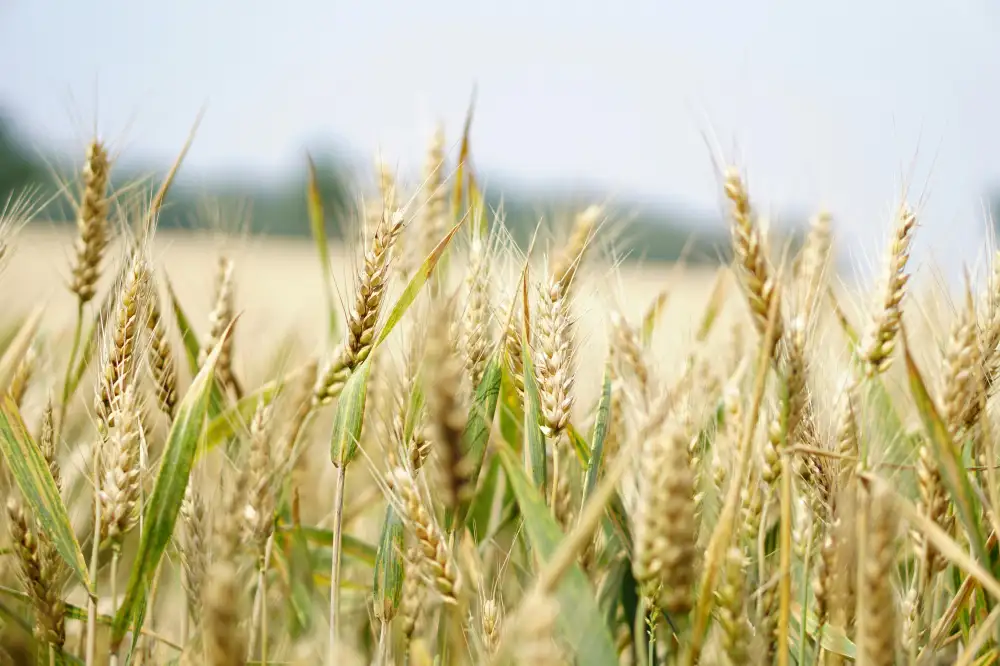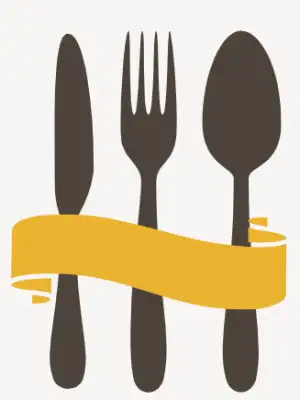Mastering the Art of Rhubarb Harvesting: When to Pick the Perfect Stalks for Your Home Garden

Rhubarb, with its vibrant red stalks and tart flavor, is a beloved addition to many desserts and savory dishes. Harvesting rhubarb at the right time ensures optimal taste and texture. In this article, we will explore the art of rhubarb harvesting, from understanding its growth cycle to properly picking the perfect stalks for your home garden. Whether you're a novice gardener or an experienced chef, mastering the art of rhubarb harvesting will elevate your culinary creations to new heights. So let's dive in and discover the secrets of this delightful plant!
Understanding the growth cycle of rhubarb
Understanding the growth cycle of rhubarb is essential for successful harvesting. Rhubarb is a perennial plant that goes through distinct stages of growth each year. In early spring, rhubarb emerges from its dormant state as small buds break through the soil. These buds quickly develop into large, vibrant leaves and thick stalks.
During the summer months, rhubarb continues to grow and mature. The stalks become thicker and more robust, while the leaves provide nourishment to the plant through photosynthesis. It is important to note that during this stage, it is crucial not to harvest any stalks to allow the plant to establish strong roots and store energy for future growth.
As autumn approaches, rhubarb begins its transition into dormancy. The leaves start to wither and turn yellow, signaling that the plant is preparing for winter. At this point, it is vital to stop harvesting completely and allow the plant to conserve its energy for the colder months ahead.
Understanding these growth cycles will help you determine when it is appropriate to harvest your rhubarb without compromising its long-term health and productivity. By respecting the natural rhythm of the plant's growth, you can ensure a bountiful harvest year after year.
Signs that rhubarb is ready for harvest
Signs that rhubarb is ready for harvest can be easily identified by observing the plant. The first sign is when the stalks reach a height of about 10-18 inches. At this point, they are usually thick and sturdy, indicating that they have developed enough to be harvested. Another sign is the color of the stalks - they should be bright red or pink, depending on the variety. Green stalks indicate that they are not yet fully matured and should be left to grow further. Additionally, the size of the leaves can also indicate readiness for harvest. If the leaves are large and healthy-looking, it's a good indication that the rhubarb is ready to be picked. Remember to never harvest more than one-third of the plant at a time to ensure its continued growth and productivity.
Best time of year to harvest rhubarb
The best time of year to harvest rhubarb is in the spring, typically from April to June. This is when the stalks are at their peak flavor and tenderness. It's important to wait until the plant has had a chance to establish itself after winter dormancy before harvesting. Harvesting too early can weaken the plant and reduce future yields. So, be patient and allow your rhubarb plant to fully develop before picking those delicious stalks.
How to properly harvest rhubarb
To properly harvest rhubarb, it is important to follow a few key steps. First, ensure that the plant is mature enough for harvest, typically after its second year of growth. Look for stalks that are thick and firm, with vibrant colors. Avoid harvesting any stalks that are thin or have a limp appearance.
When ready to harvest, firmly grasp the base of the stalk and gently pull upwards while simultaneously twisting it away from the plant. Be careful not to damage neighboring stalks or the crown of the plant. It's best to use a sharp knife or garden shears if pulling alone proves difficult.
Remember to only harvest about one-third of the plant at a time. This allows for continued growth and ensures a healthy rhubarb patch for future harvests. Remove any leaves from the harvested stalks as they contain toxic levels of oxalic acid.
It's important to note that rhubarb should not be consumed raw as it can be quite tart and fibrous. Instead, trim off any leafy tops and discard them. Rinse the stalks thoroughly under cold water to remove any dirt or debris.
Now your freshly harvested rhubarb is ready to be used in delicious recipes!
Storing and preserving harvested rhubarb
Storing and preserving harvested rhubarb is essential to ensure its freshness and flavor for future use. After harvesting, it's important to remove any leaves attached to the stalks as they contain toxic levels of oxalic acid. Trim the ends and wash the stalks thoroughly before proceeding.
To store rhubarb in the refrigerator, wrap the stalks in a damp paper towel or place them in a plastic bag with some holes for ventilation. This will help retain moisture and prevent wilting. Rhubarb can stay fresh in the refrigerator for up to two weeks.
If you want to preserve rhubarb for longer periods, freezing is a great option. Start by cutting the stalks into small pieces or slices. Blanching them quickly in boiling water for one minute helps maintain their color and texture. After blanching, transfer the rhubarb into an ice bath to cool rapidly before draining excess water.
Once drained, pack the rhubarb tightly into freezer-safe containers or bags, removing as much air as possible to avoid freezer burn. Label and date the containers before placing them in the freezer. Frozen rhubarb can last up to one year without significant loss of quality.
Another popular method of preserving rhubarb is by making jams, jellies, or compotes. These sweet preparations not only extend its shelf life but also add versatility to your culinary creations.
Remember that while frozen or preserved rhubarb may not retain its crispness like fresh stalks, it still retains its unique tart flavor and can be used in various recipes such as pies, crumbles, sauces, and even cocktails.
By storing and preserving your harvested rhubarb properly, you can enjoy this delightful ingredient long after its peak season has passed.
Tips for maximizing rhubarb yield
To maximize your rhubarb yield, there are a few tips to keep in mind. Firstly, ensure that you have a healthy and well-established rhubarb plant. This means providing it with adequate sunlight, water, and nutrients throughout the growing season.
Regularly fertilize your rhubarb plant with a balanced fertilizer to promote healthy growth. Apply the fertilizer in early spring and again after harvesting to replenish nutrients.
When harvesting rhubarb, avoid cutting more than one-third of the stalks at a time. This allows the plant to continue producing new stalks throughout the season. Always cut the stalks at the base using a sharp knife or shears, being careful not to damage the crown or surrounding foliage.
Removing any flower stalks that appear can also help maximize yield. These flower stalks divert energy away from producing edible stalks and should be promptly removed.
After harvesting, remember to remove any dead or decaying leaves from around the plant. This helps prevent disease and pests from affecting your rhubarb crop.
Finally, consider dividing your rhubarb plant every few years. Dividing helps rejuvenate older plants and encourages increased production of stalks.
By following these tips for maximizing rhubarb yield, you'll be able to enjoy an abundant harvest of delicious and versatile rhubarb for all your culinary creations.
Now that you have mastered the art of rhubarb harvesting, it's time to reap the rewards of your hard work. With its vibrant color and tangy flavor, rhubarb can be used in a variety of delicious recipes.
From classic rhubarb pie to refreshing rhubarb sorbet, there are endless possibilities for enjoying this versatile vegetable. You can also try making rhubarb jam or chutney to preserve the flavors of summer all year round.
Remember to always use caution when consuming rhubarb, as only the stalks are edible. The leaves contain toxic substances and should never be ingested.
So go ahead and indulge in the sweet and tart taste of freshly harvested rhubarb. Whether you're baking a pie or experimenting with new recipes, your homegrown stalks will surely impress your family and friends. Happy harvesting!
Published: 09. 02. 2024
Category: Home



